Toyota Urban Cruiser Hyryder Review: First Drive
Is Toyota Urban Cruiser Hyryder’s strong hybrid technology efficient enough to convince customers to shift to hybrids? And how does it affect the driving appeal of the new SUV? We find out...
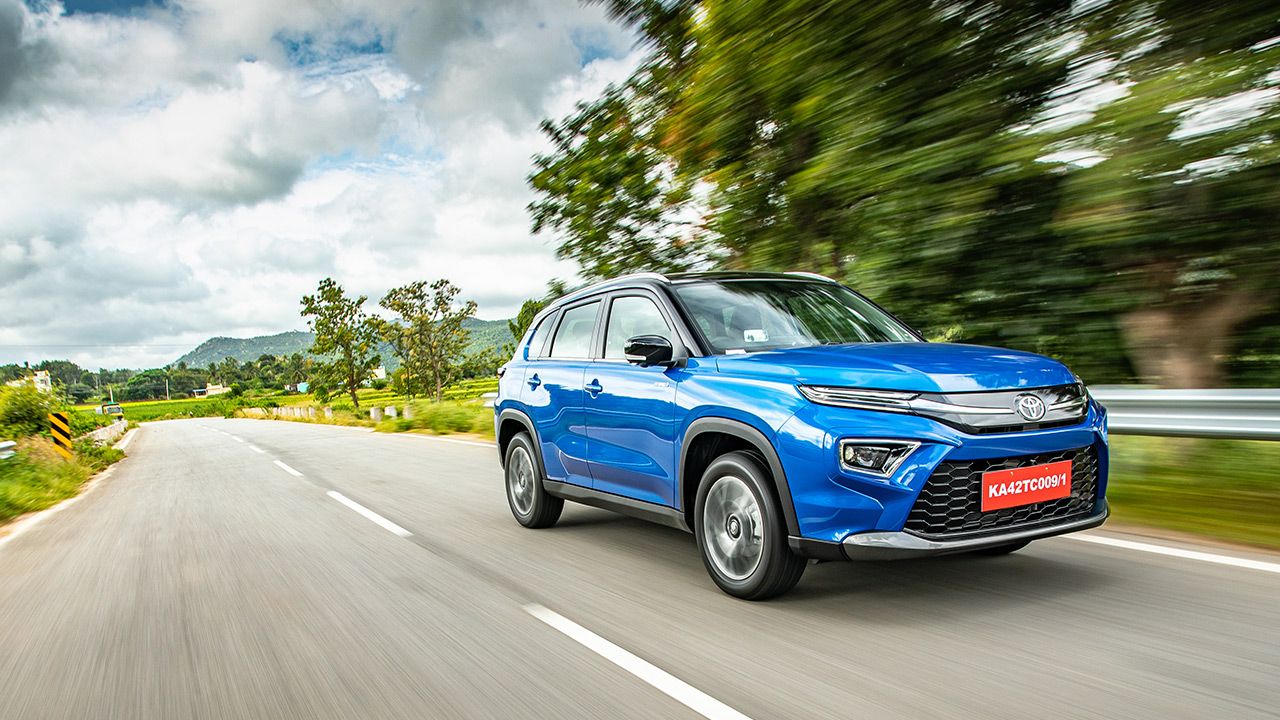
Is Toyota Hyryder’s strong hybrid technology efficient enough to convince customers to shift to hybrids? And how does it affect the driving appeal of the new SUV? We find out...
Running costs of vehicles today is a common grouse of most Indian customers. And government policies and rising fuel prices are not making things easier. Plus, the fuel efficiency in our busy traffic conditions means that customers have begun to feel the brunt of refilling fuel tanks of their vehicles, and the government’s non-favourable policy towards the life cycle of diesel engine vehicles also deters most customers from buying them. Not to mention that diesel vehicles are getting more and more expensive, with increasingly difficult emission norms effectively killing small diesel engines in the Indian market.
In such a scenario, does a hybrid powerplant make any sense? Well, Toyota, and by association Maruti Suzuki, seem to think so. Maruti Suzuki has been selling mild hybrid cars in India for a while, but this is the first time that either of the two manufacturers is launching a strong hybrid – with an EV mode too – for the masses. The Prius not being a mass market effort. Both manufacturers claim that not only will the hybrid system significantly improve fuel efficiency, thereby reducing running costs, but also reduce air pollution – in heavy traffic, the SUV simply switches to the EV mode and shuts the engine down. We drove the Urban Cruiser Hyryder in Bangalore to find out if these claims are true.
Joint Development
The new Urban Cruiser Hyryder – to call it by its full name – is based on Maruti Suzuki’s global platform, which also underpins the Brezza. However, in this avatar, the Hyryder features a longer overall length, at just over 4,365mm, and a larger wheelbase, at 2,600mm. Both the Toyota Hyryder and Maruti Suzuki’s Grand Vitara are essentially the same product with a few visual changes.
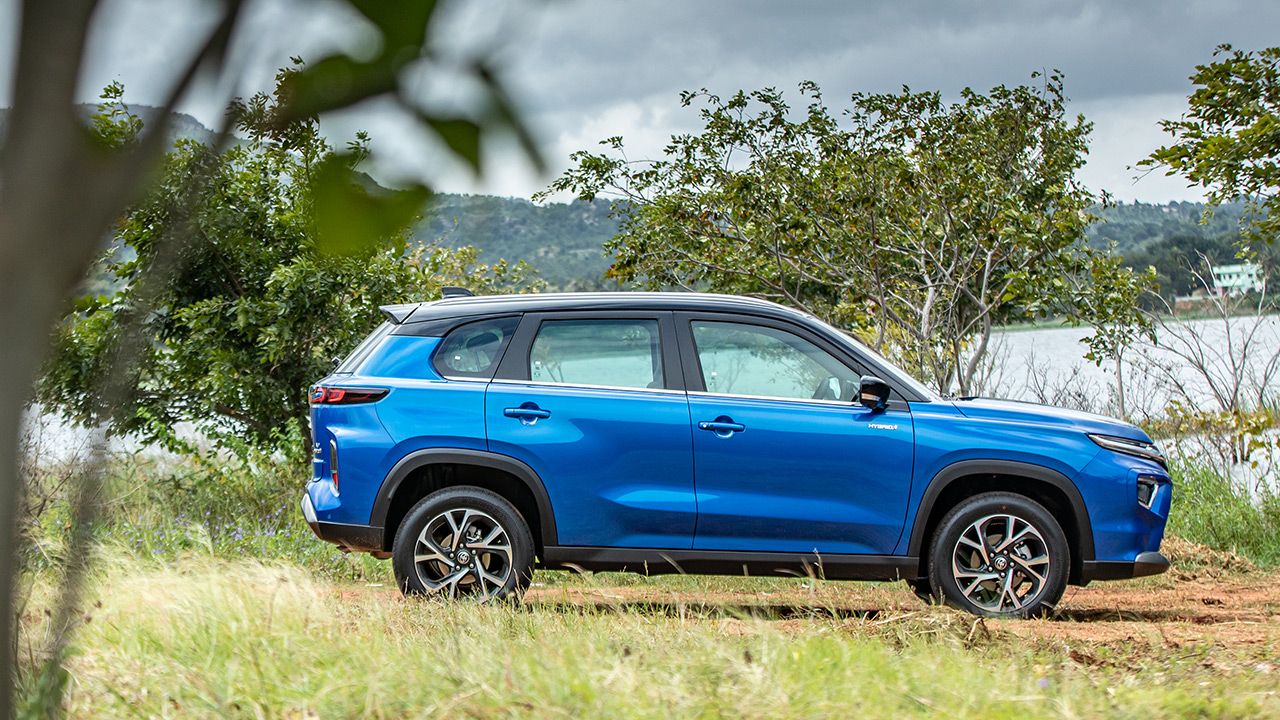
I must confess that I was pleasantly surprised by the way the Hyryder looks on the road, particularly, because I was underwhelmed by its design when it was revealed on the stage. Thankfully, on the road, with its inflated wheel arches, 17-inch rims, and sharp front and rear design, the Hyryder has a good road presence. The restrained use of chrome all across the car also adds to its overall appearance. The front end with its twin-layered headlight design and the rear with its sweeping taillights further give the Hyryder an excellent aesthetic appeal. Our test car looked particularly good in the bright blue paintwork, which contrasts well with its black roof.

Inside the car, you can obviously feel the Maruti origins, given that the steering wheel, centre console, and many other control surfaces are from the Maruti Suzuki stable. The dual-tone interior of our test car looked quite pleasing though. Overall, the interior is quite a nice place to be, especially with the sharp-looking 9-inch multimedia touchscreen and digital instrument cluster. The driver also gets a HUD, which is quite useful in the strong-hybrid variant of the Hyryder – it not only shows speed and other data but also charging status and driving modes employed by the engine management.
Seamless Integration
Coming to the mechanical side of things, the Hyryder will be offered with two engine options – a mild hybrid and a strong hybrid – both paired with petrol engines. The mild-hybrid option, powered by a 4-cylinder 1.5-litre engine, will be available with both a 6-speed automatic and a 5-speed manual. The top-spec variant will have all-wheel drive with selectable driving modes.
Our test car was the strong hybrid variant, with the 1.5-litre 3-cylinder engine paired to an e-CVT and a larger battery pack. In this trim, the Hyryder has a power output of 114bhp, along with a substantial torque output – Toyota hasn’t revealed the combined torque output of the hybrid unit.
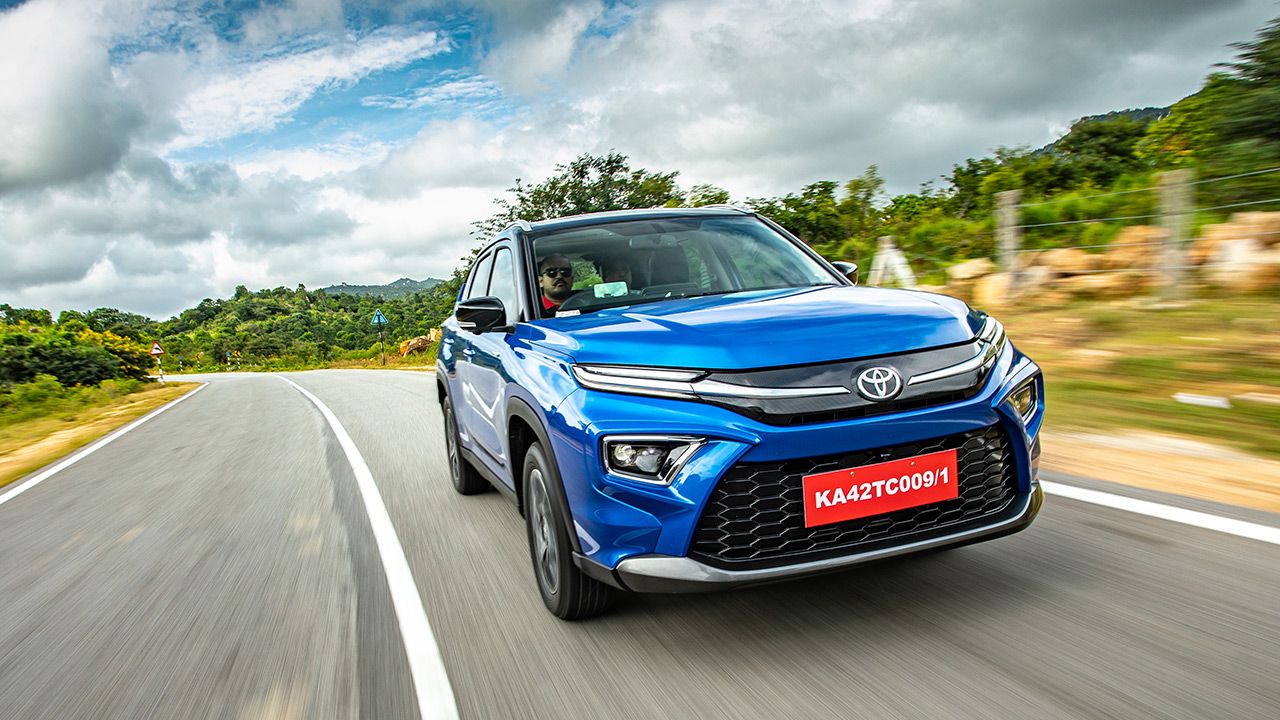
Once you start driving, you immediately notice that at slow and cruising speeds, the strong hybrid system of the Hyryder often goes into EV-only mode, shutting off the engine altogether and thereby contributing to the overall efficiency of the power plant. In fact, I was surprised to see that in the real world, even with my throttle-heavy driving style, we managed to get around 22km/l, which means that for regular drivers, the efficiency figure should be around 24 – 25km/l – not too far off from the official efficiency rating of just under 28km/l.
Coming to my usual bugbear, the e-CVT transmission of the Hyryder did leave me underwhelmed. While there is ample torque and power available, the rubber band effect of the power delivery impacts the driving experience at high speeds. On the other hand, the ride comfort of the Hyryder is fantastic, and its suspension is tuned to deal with both good and bad roads effectively. This means that the SUV maintains excellent stability at three-digit speeds on smooth stretches, but, at the same time, doesn’t face any issues over bad roads either.
Not Perfect
Now, the Hyryder does have a few shortcomings. First, the headroom of the rear seat is compromised – people above six feet in height will find it a rather constricted place to be. Second, the Hyryder also doesn’t have a flat floor in the rear, meaning that a passenger sitting in the middle of the rear seat will have a tough time. Third, with its large battery, the strong-hybrid variants of the Hyryder have a rather limited boot capacity. This means that on long road trips you will have to compromise on the amount of luggage.
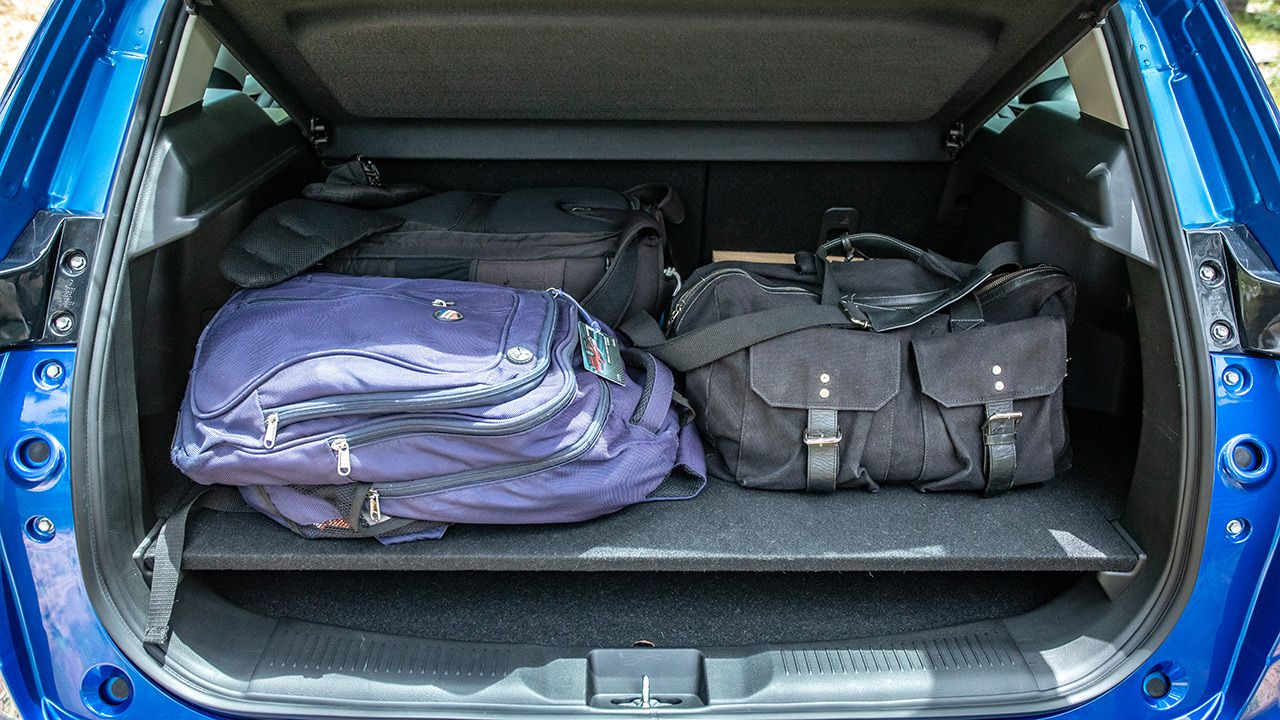
On the other hand, the Hyryder really has very low running costs, despite being petrol powered, and could very well be a great choice for a lot of Indian customers dealing with the inflated fuel prices right now. Its efficiency levels – at least of the strong-hybrid variants – are high enough to make it a very attractive proposition for many customers. In the ongoing debate about hybrid vs electric suitability for the Indian market, I’ve always sided with hybrids for obvious reasons – there’s no need for particularly large batteries or charging infrastructure – and the Hyryder proves that a strong hybrid can offer efficiency levels that regular engines can’t match. Plus, with an EV-only drive mode, you can do short distances on electric power alone.
However, the final word on hybrids and their suitability will also depend on the price premium that a strong-hybrid powertrain demands over a regular petrol engine car. If the difference in price is not too high, the lower running costs of Hybrids could make them very attractive to Indian customers, and Toyota could be the first manufacturer to benefit from it.
Read more:
Engine: 1,490cc / 3-Cylinder / Atkinson Cycle
Motor: AC Synchronous
Fuel: Petrol
Transmission: e-CVT / Front-Wheel Drive
Power: 114bhp (Combined)
Torque: 141Nm (Hybrid System only)
Price: ₹18.99 Lakh (Ex-Showroom, Delhi)
X-Factor: With its good looks, great ride, and terrific fuel efficiency, the Hyryder has the potential to offer an alternative to Indian customers.
|
Pros |
Cons
|
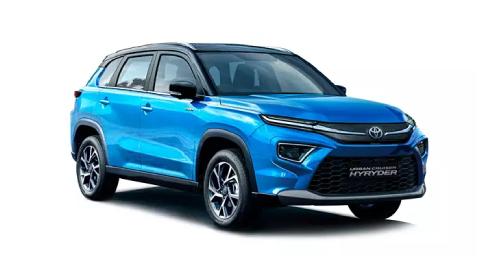
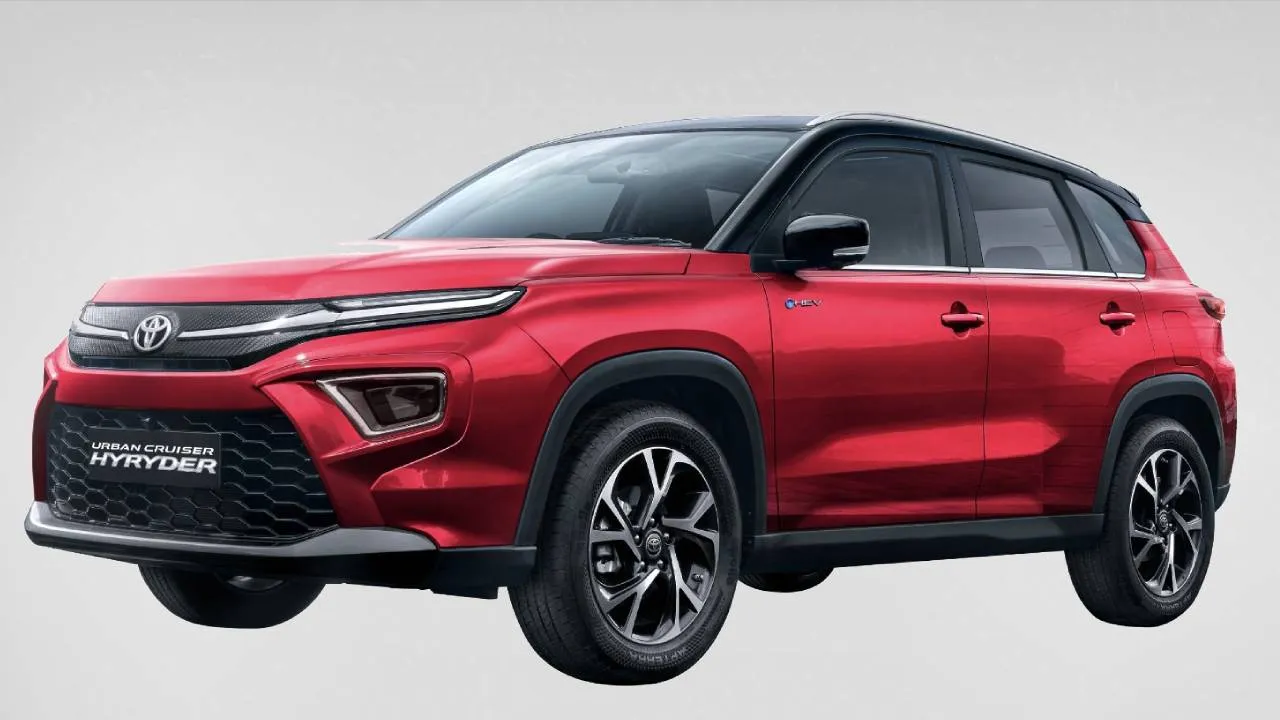
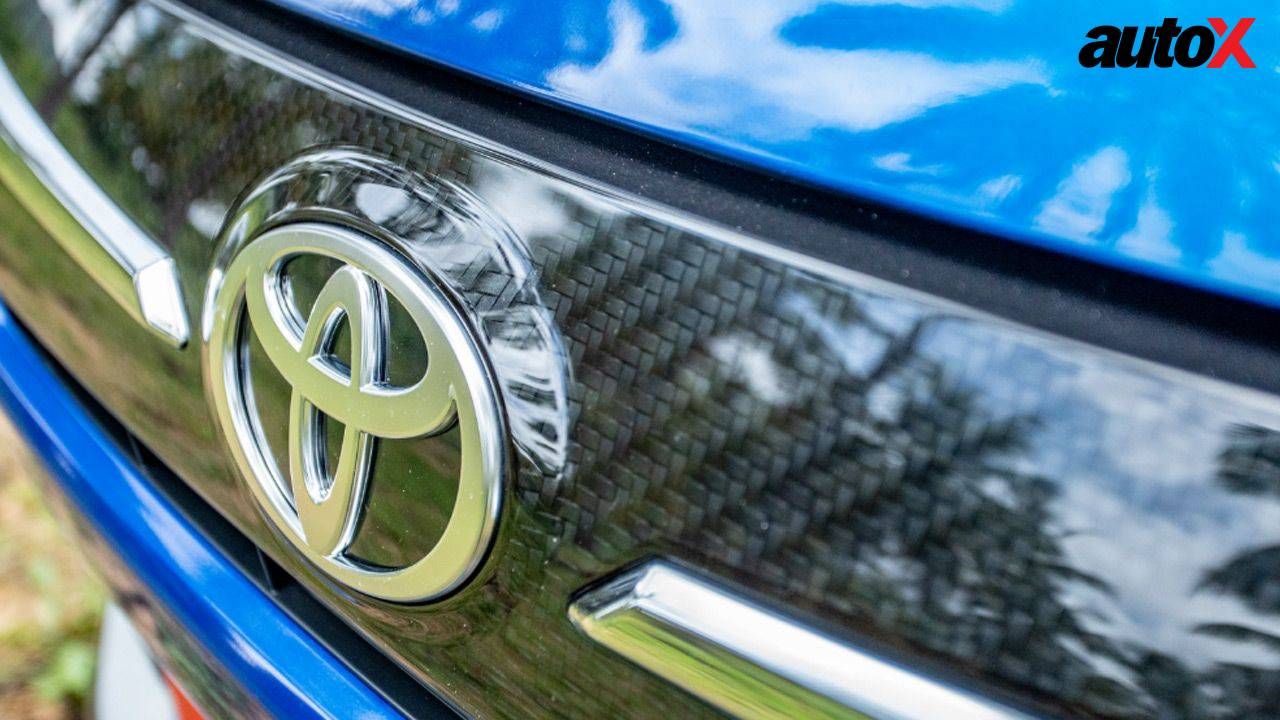
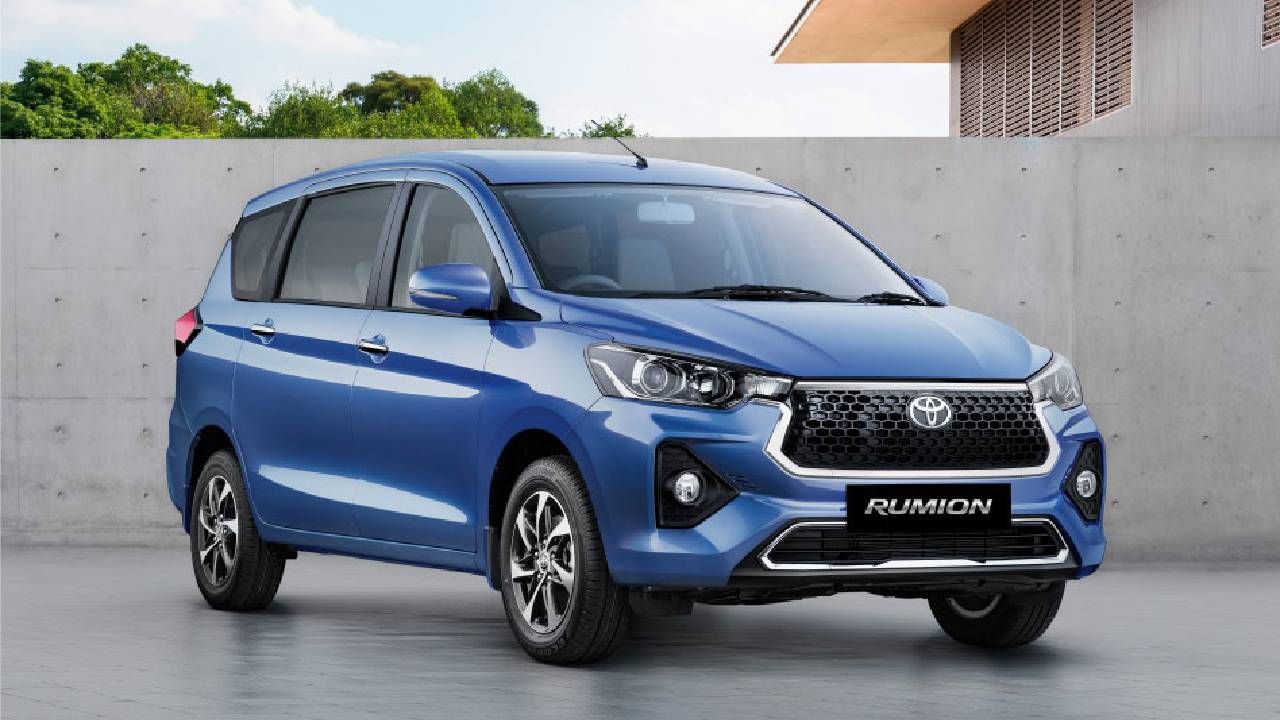
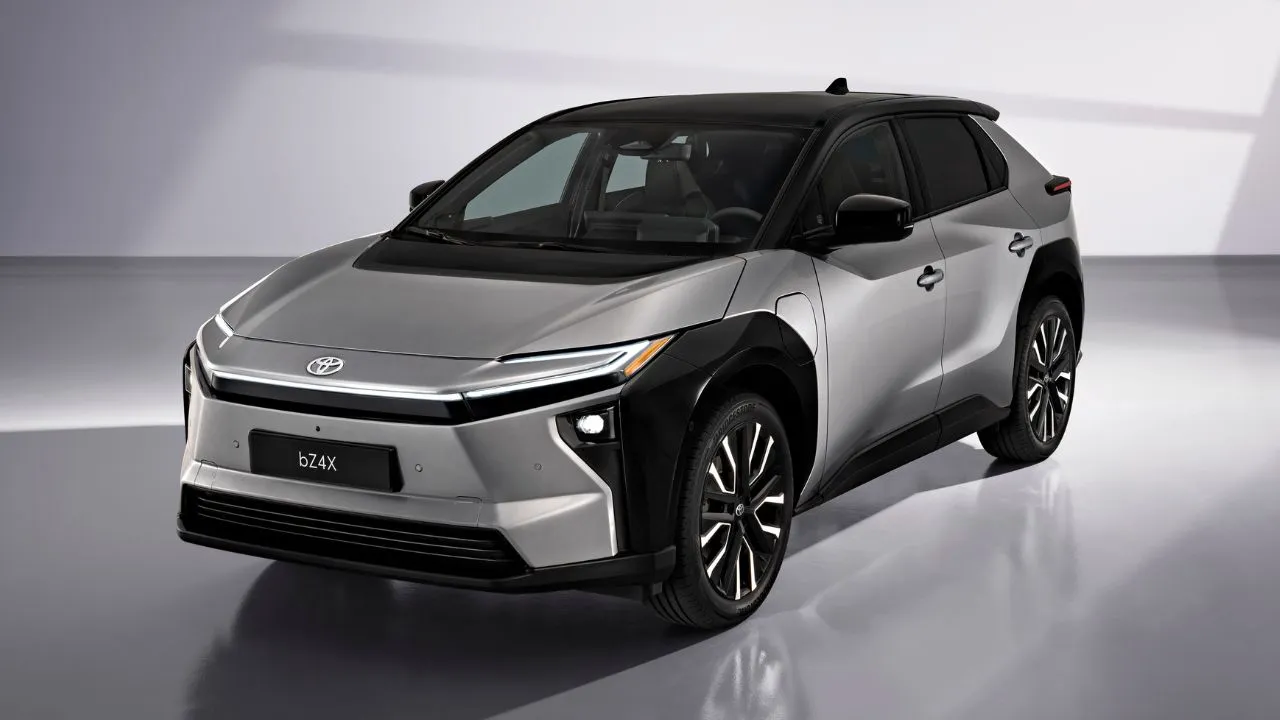

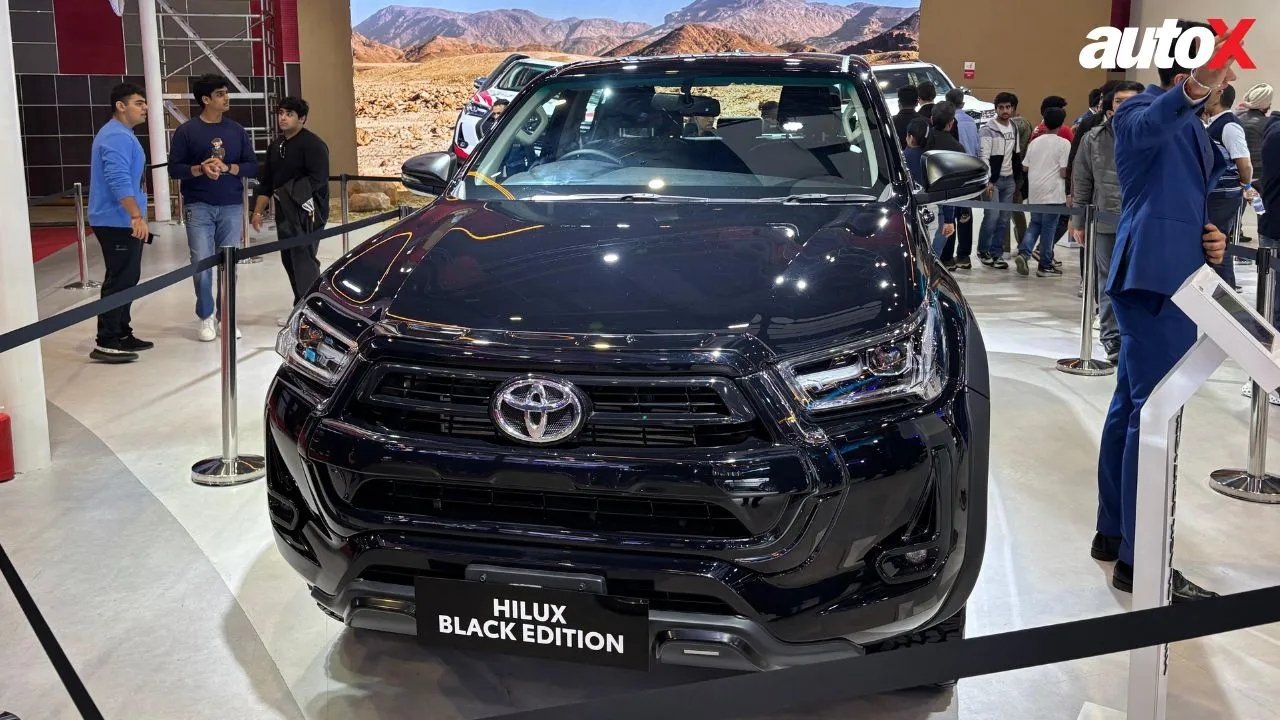
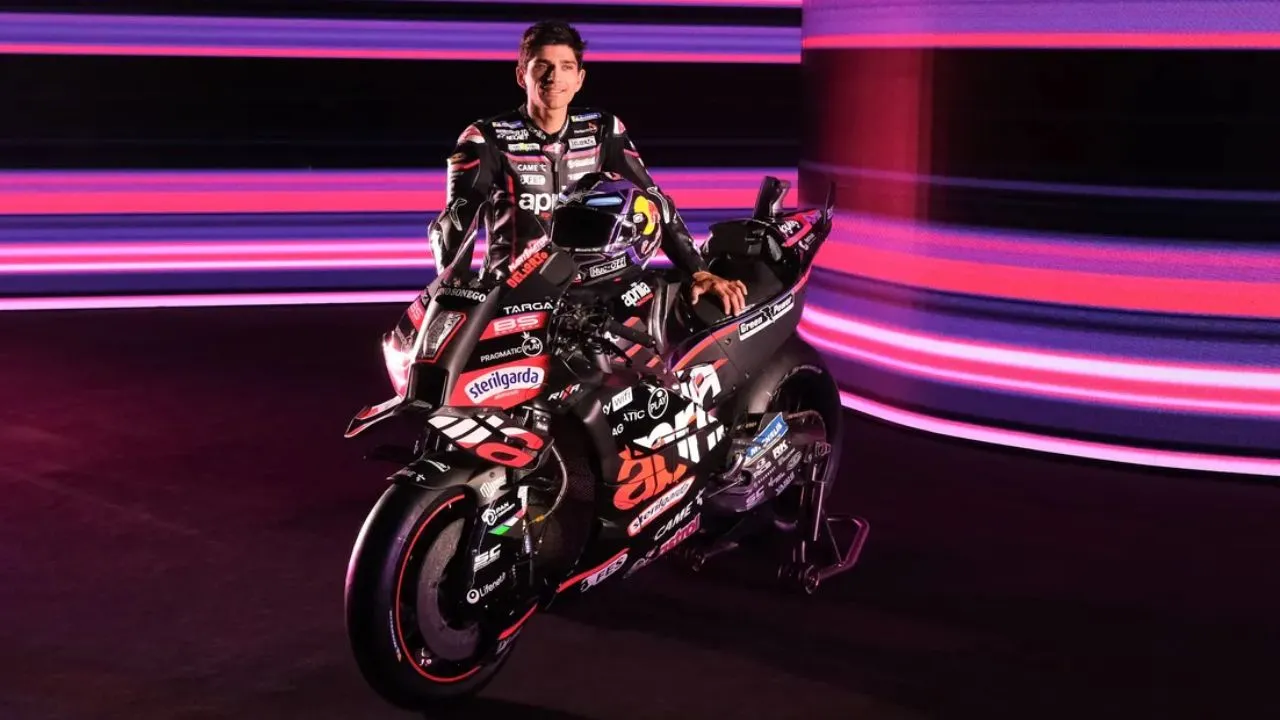
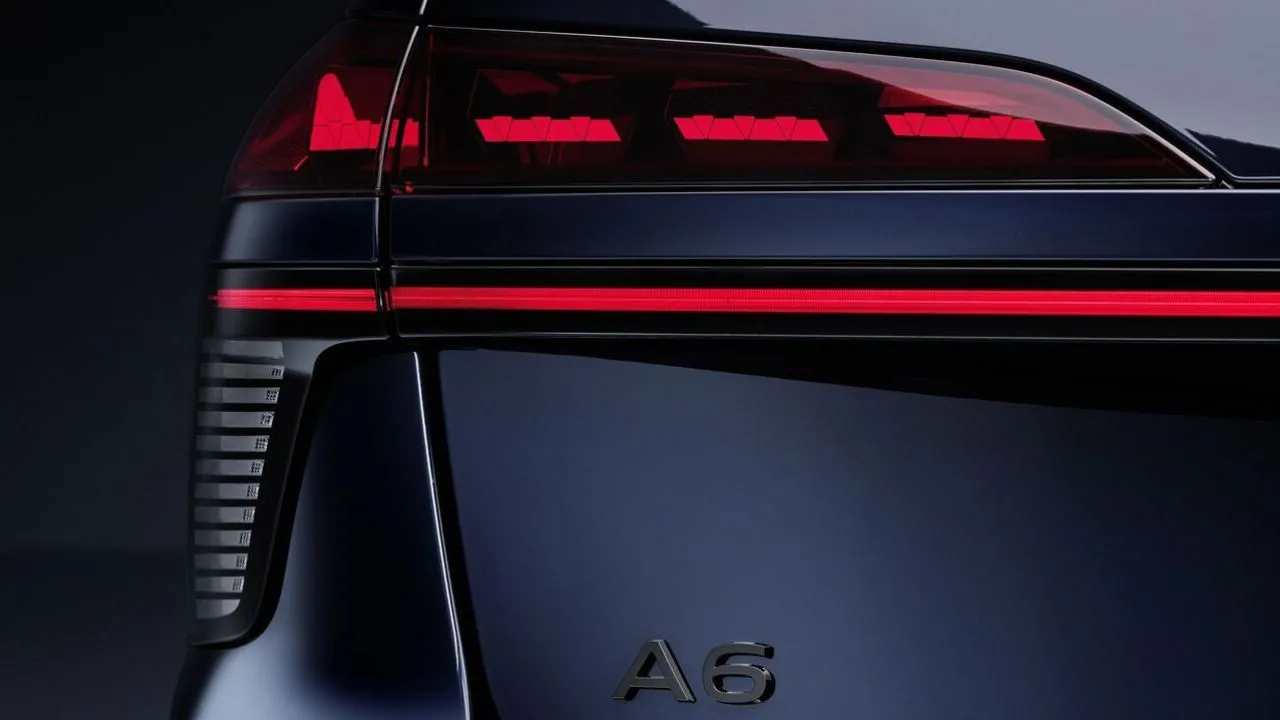
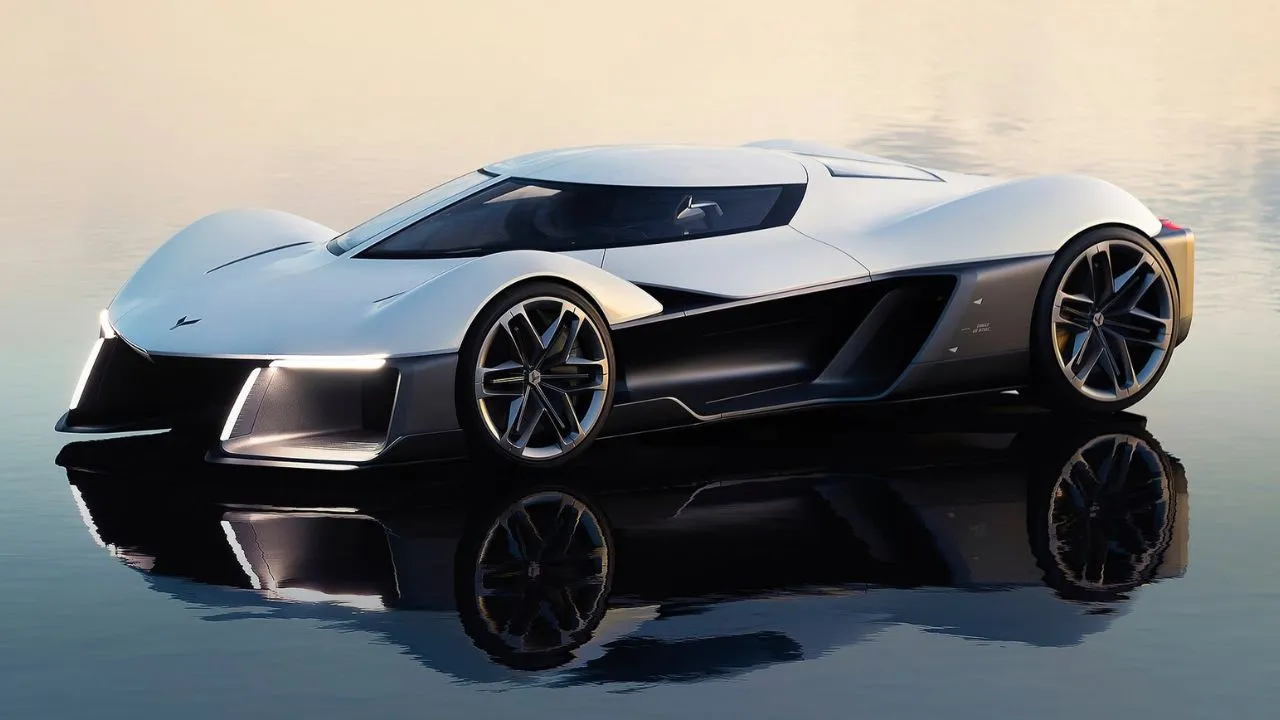
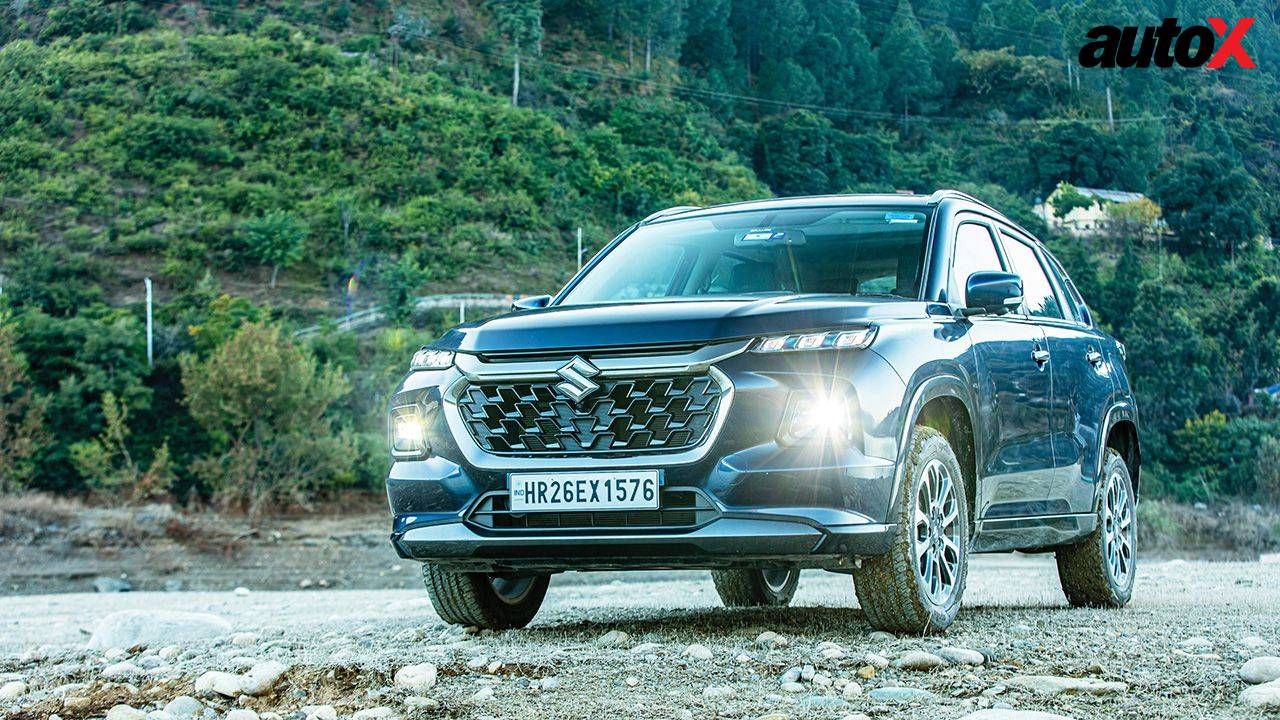
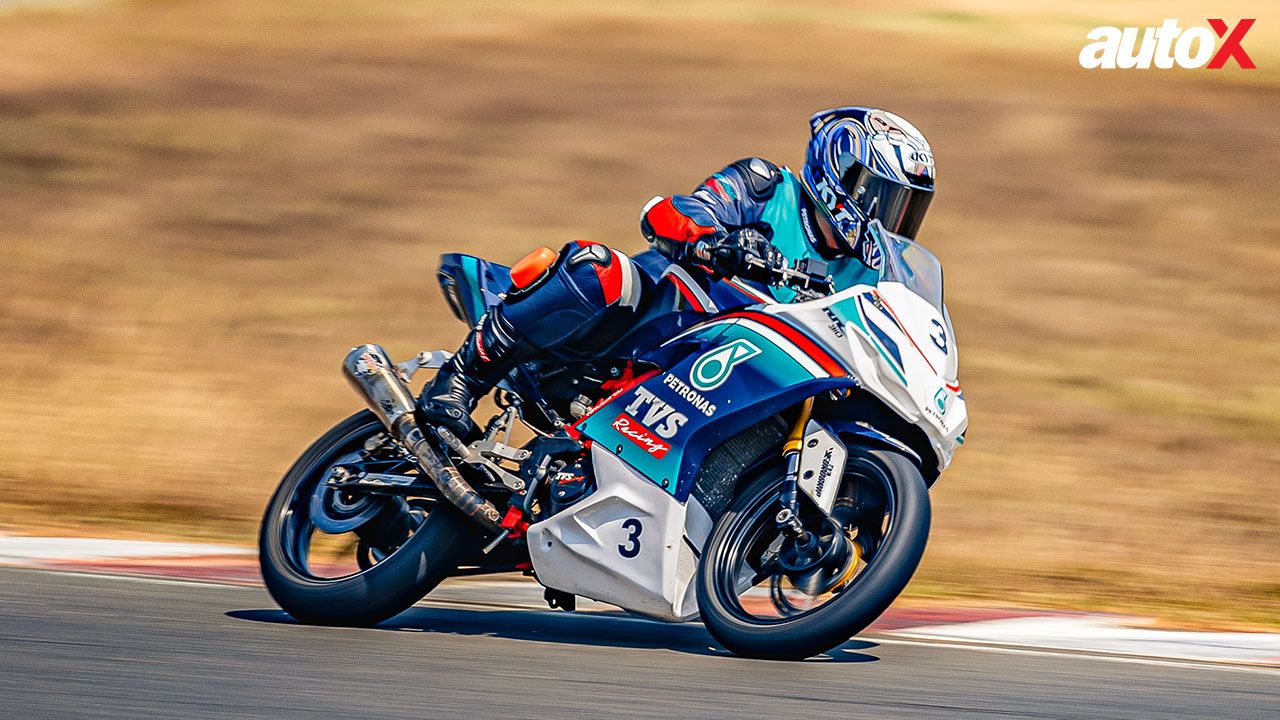



















Write your Comment on